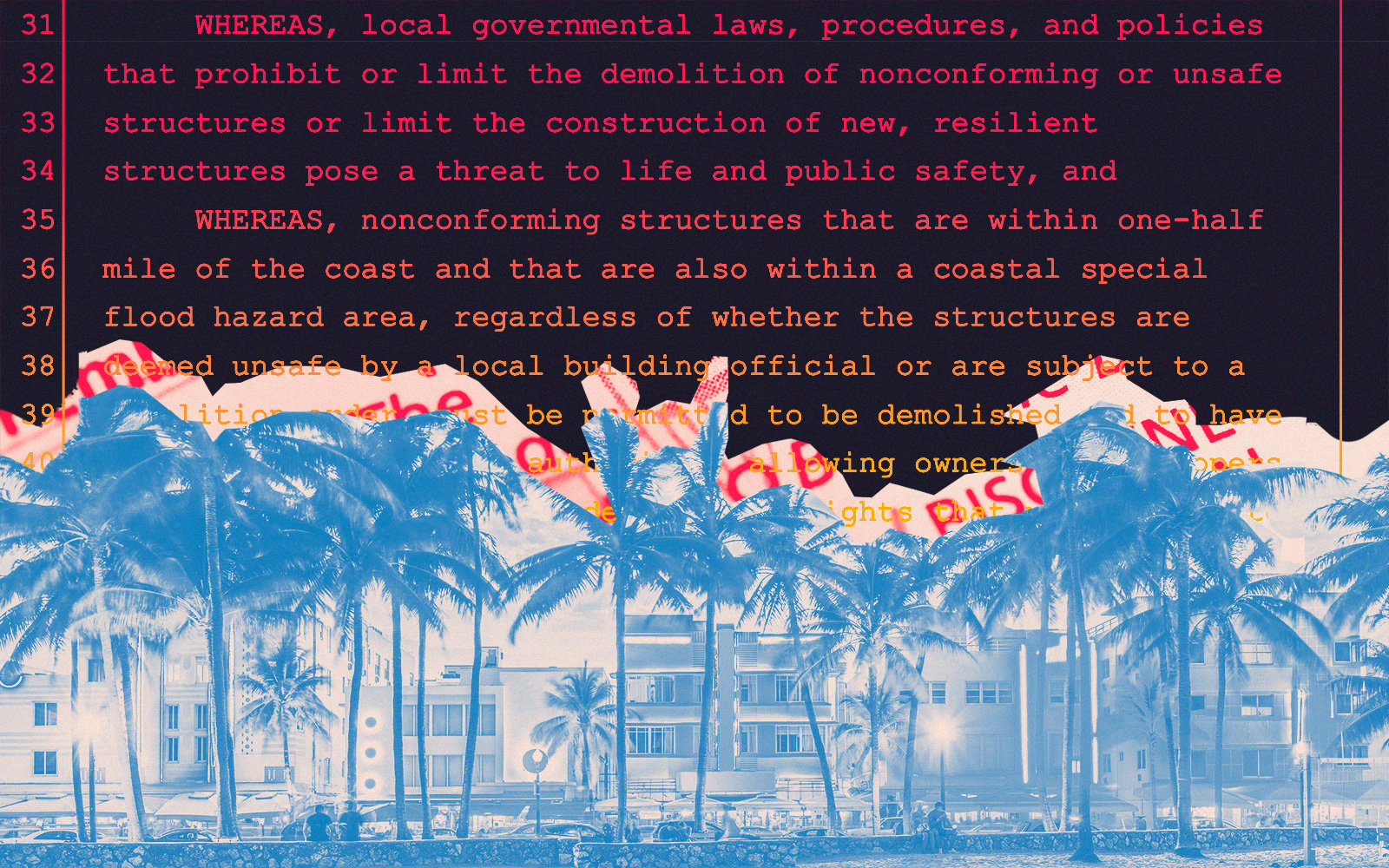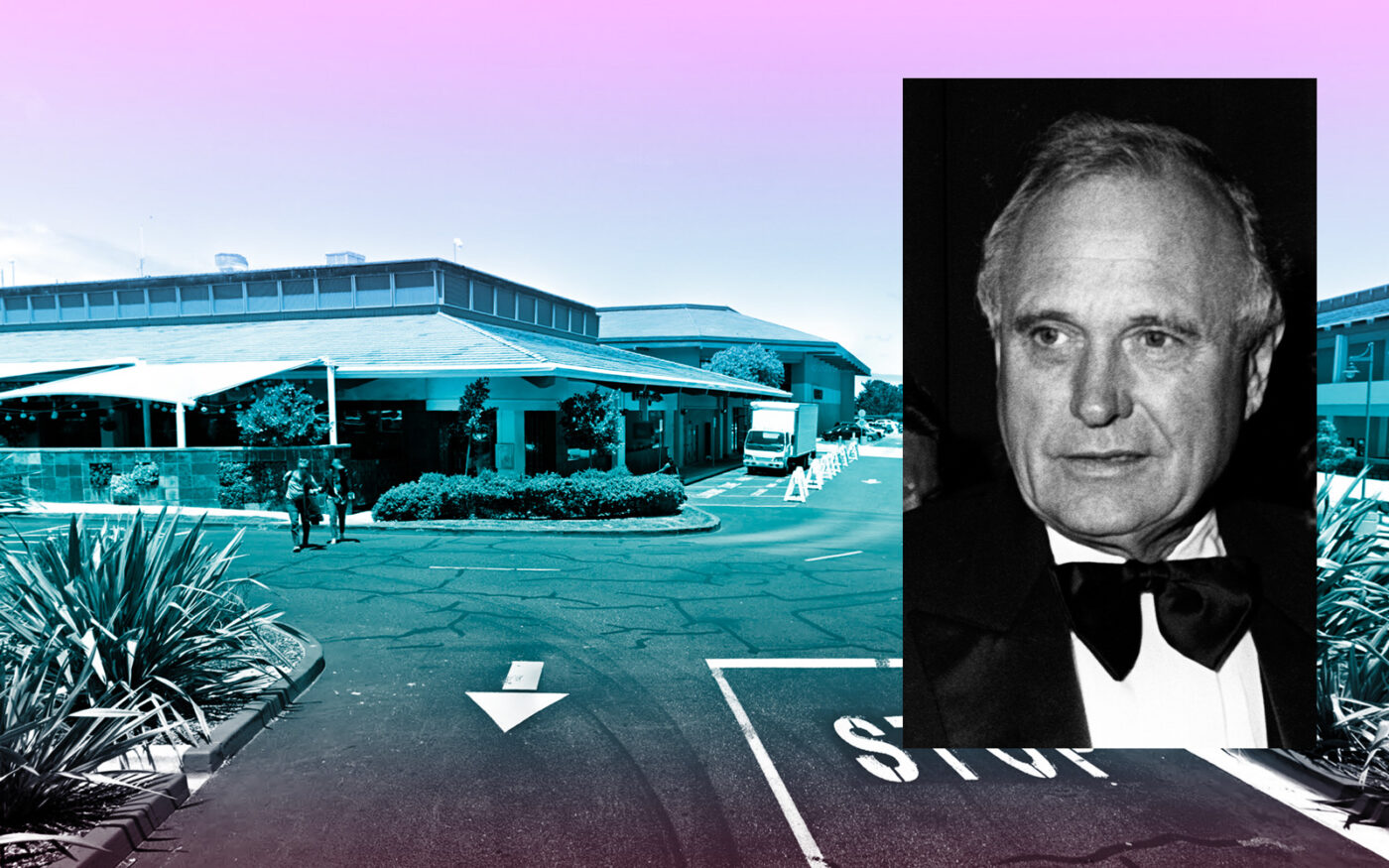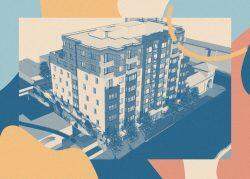 “Very troubling:” Proposed state law could fuel demolitions in coastal cities
“Very troubling:” Proposed state law could fuel demolitions in coastal cities
Trending
Monterey’s mid-century modern mall and its path to preservation
Clues to Del Monte Shopping Center’s future may lie in the past

What could a mall in California and John F. Kennedy’s grave possibly have in common? The architect.
John Carl Warnecke, a close friend of the Kennedy family and a noted designer of Modernist and Bauhaus structures, designed the Del Monte Shopping Center in Monterey, California, which experts call a rare example of a mid-century style building still in use, SFGATE reported.
The open-air shopping center also happens to be where this writer spent some time as a mall rat 10 or so years ago.
It’s a phenomenon of the current age that malls, once a prominent feature in American life and culture, are on the decline. In June, Brookfield Properties defaulted on a $225 million loan for a New Jersey mall, kicking off foreclosure proceedings. Seven other malls in the company’s portfolio are also in distress. Bill Shopoff’s Shopoff Realty Investments is converting malls into housing, including Orange County’s Westminster mall in Southern California.
Some mall owners are fighting back against the “negative mall narrative” but it’s an increasingly challenging case to make.
For malls with significant architectural history like Del Monte Center, experts and officials are left to consider adaptation, preservation, or some tricky combination of the two.
The city of Monterey is not yet considering the Del Monte Center for historic preservation, Monterey Community Development Director Kim Cole told the outlet. The city has eyed the site for other purposes, though.
“We did host a meeting on our regional housing need and where to place it,” she told the publication. “The Del Monte Center, especially the parking lot, is one of the few areas — we’re definitely looking at this site to meet our housing needs.”
With California being the epicenter of the nation’s housing crisis, preservation officials and activists are having to consider approaches to maintaining history that don’t derail responding to the urgent demands of the present day.
“We’re taking a more sensitive approach to be part of the solution,” Heitzman said, referring to how places can be restored and also reinvigorated with a housing component. “When we include housing, we make sure it’s in a way that’s compoundable and sensitive to the neighborhood. Protecting historic resources while increasing housing and density in communities is a priority.”
Whatever the future may hold for Monterey’s mid-century mall, consider the shopping teeny boppers of tomorrow.
Read more
 “Very troubling:” Proposed state law could fuel demolitions in coastal cities
“Very troubling:” Proposed state law could fuel demolitions in coastal cities
 “Historic laundromat” in SF’s Mission District razed for housing
“Historic laundromat” in SF’s Mission District razed for housing
 Sensitive developer wanted for East Austin’s Black Cultural District
Sensitive developer wanted for East Austin’s Black Cultural District




